- Written By Team DWS
- Festivals
- April 01, 2025
Understanding Skandamata: The Significance of the Fifth Day of Navratri
Navratri, a lively and spiritually important festival celebrated mainly in India, spans nine nights in honor of the divine feminine power embodied by Goddess Durga. Each day of this festival is dedicated to a different manifestation of the goddess, with the fifth day being particularly important as it pays tribute to Skandamata, the mother of Lord Skanda (or Kartikeya), the deity of war. This blog post delves into the symbolism, rituals, and importance of Skandamata in the broader context of Navratri.
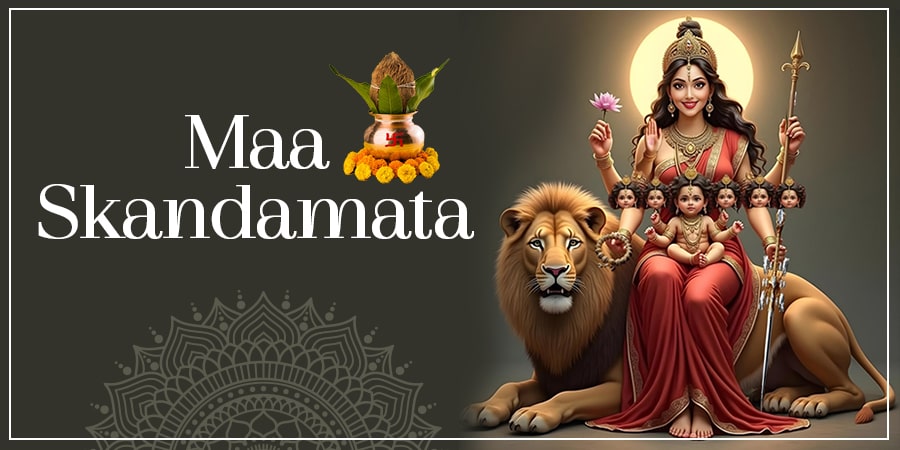
The Iconography of Skandamata
Skandamata is typically depicted as a serene and majestic figure, holding her son Skanda (Kartikeya) in her lap. She is often portrayed riding a lion, symbolizing her bravery and strength. Her four arms represent various aspects of life: the first hand holds a lotus, symbolizing purity and enlightenment; the second hand carries a bell, representing the removal of ignorance; the third hand cradles her beloved son Skanda; and the fourth hand is often depicted in a gesture of blessing (abhaya mudra) which signifies protection and assurance. The color associated with this day of Navratri is grey, symbolizing balance and neutrality.
Spiritual Significance of Skandamata
The fifth day of Navratri is a reminder of the nurturing aspect of motherhood and the strength that comes from love and devotion. Skandamata symbolizes the importance of maternal love in the development of strength and valor. When we worship her, we are reminded of the power of nurturing energy that guides us through life's battles, inspiring us to cultivate resilience and courage.
In the context of Skandamata, the festival emphasizes the value of family bonds and the teachings passed down through generations. As we approach the midpoint of Navratri, the energy shifts from the aggressive conquest of evil to a focus on the strength that can be found in compassion and support from loved ones.
Additionally, Skandamata is associated with wisdom and knowledge. In our pursuit of success, it is easy to overlook the importance of mental and emotional development. By honoring Skandamata, devotees are encouraged to seek wisdom not just through academic pursuits but also through emotional intelligence and understanding the dynamics of human relationships.
Rituals and Celebrations
The day dedicated to Skandamata is marked by various rituals and festivities. Devotees often begin the day with a special morning prayer known as "Navratri Puja." This involves the recitation of hymns and the chanting of the Skandamata Ashtakshara mantra, seeking her blessings for health, wealth, and wisdom.
Many worshippers also prepare special offerings, including fruits and sweets made from ingredients like jaggery and chickpea flour, symbolizing prosperity and good fortune. It is common to find devotees adorned in grey attire, accentuating the day’s significance.
In households, young children are engaged in celebrating the maternal energy represented by Skandamata. Some families participate in group prayers, enhancing the sense of community and collective reverence for the goddess. Cultural performances featuring traditional dances and songs dedicated to Skandamata are often organized during this time, allowing the spirit of Navratri to be amplified through art and creativity.
The Essence of Devotion
Devotion to Skandamata extends beyond rituals and celebrations. It emphasizes the practice of self-care, self-love, and the importance of mental well-being. In today’s fast-paced world, finding balance amid chaos is essential. Skandamata's presence inspires individuals to seek refuge in their inner strength and guide them toward a healthier, more fulfilled life, both mentally and spiritually.
This day also serves as a reminder for individuals to acknowledge the women in their lives who embody the nurturing spirit of Skandamata. Recognizing the sacrifices and strength of mothers, grandmothers, and maternal figures fosters deeper connections and gratitude within the family structure.
Conclusion
The fifth day of Navratri, dedicated to Skandamata, serves as a profound reminder of the nurturing power of motherhood, the value of wisdom, and the importance of familial bonds. As devotees engage in the rituals and celebrations honoring this goddess, they are encouraged to reflect on the qualities of resilience, compassion, and love that she embodies.
As we progress through Navratri, let us take the lessons from Skandamata, empowering us to face life’s challenges with courage while nurturing our emotional and spiritual selves. In a world that often seems tumultuous, the teachings of Skandamata resonate strongly, encouraging us to embrace our nurturing sides while seeking wisdom and strength from those around us. May this day of Navratri bless you with the unwavering strength and wisdom of Skandamata.

Skandamata FAQs
Certainly! Here are some frequently asked questions (FAQs) about Skandamata, a revered goddess in Hinduism, particularly in the context of Navratri:
1. Who is Skandamata?
Skandamata, the fifth manifestation of the Hindu goddess Durga, is revered on the fifth day of the Navratri festival. She is the mother of Lord Skanda (Kartikeya), the god of war.
2. What does Skandamata symbolize?
Skandamata symbolizes motherhood, love, compassion, and strength. She is frequently shown cradling her son, Kartikeya, in her arms, symbolizing her caring and nurturing spirit.
3. What are the typical offerings made to Skandamata?
Common offerings to Skandamata during prayers include bananas and yellow flowers, particularly marigolds. Devotees may also offer sweets and other fruits as a sign of devotion.
4. What is the significance of Goddess Skandamata?
Skandamata is believed to bless her devotees with knowledge, wisdom, and prosperity. She is also known to remove fears and obstacles from her devotees’ lives.
5. How is Skandamata depicted in art and sculpture?
Skandamata is commonly illustrated astride a lion, cradling her son Skanda in one hand while holding a lotus in the other. She typically has four arms and is adorned in bright garments, representing her divine and powerful nature.
6. What are the mantras associated with Skandamata?
A popular mantra dedicated to Skandamata is:
"ॐ ऐं ह्लीं क्लीं स्कंदमाता: नमः"
(Om Aim Hleem Kleem Skandamata: Namah)
This mantra is believed to invoke her blessings and grace.
7. What is the role of Skandamata during Navratri?
During Navratri, devotees worship Skandamata on the fifth day, seeking her blessings for maternal love, strength, and the removal of diseases. Many perform special rituals and recite her stories.
8. Where is Skandamata worshiped?
Skandamata is worshipped in many temples throughout India, with significant temples dedicated to her in various states. One such famous temple is the Skandamata Temple in Varanasi.
9. What are the festivals celebrated in her honor?
The most prominent festival dedicated to Skandamata is Navratri, which is celebrated with great fervor across India. During this time, various rituals, dances, and prayers are conducted in her honor.
10. Can anyone worship Skandamata?
Yes, Skandamata can be worshipped by anyone seeking her blessings, regardless of their background or beliefs. Her nurturing and compassionate nature makes her approachable for all devotees.
11. What qualities does Skandamata represent?
Skandamata encompasses qualities such as love, protection, strength, courage, and wisdom. She is considered a nurturing mother figure who guides and supports her followers.
End
Skandamata holds a special place in Hindu spirituality and is revered for her maternal attributes and blessings. Devotees turn to her during times of need for support, guidance, and comfort.
Feel free to ask if you need more information or details on any specific aspect related to Skandamata!
Popular on Blogs
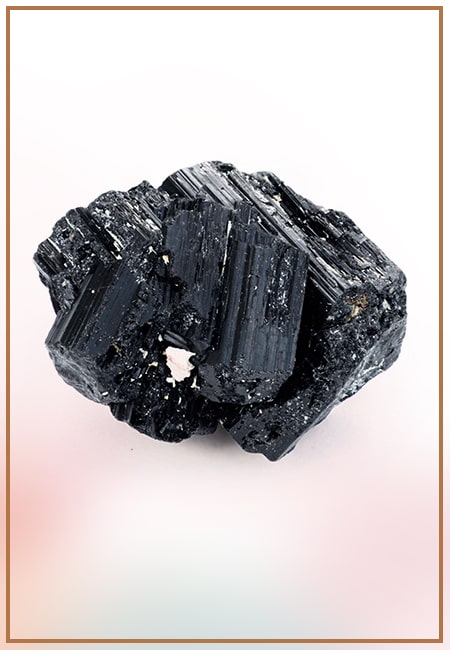
Black Tourmaline: Meaning, Healing Properties, Fascinating Facts, Powerful Attributes, Versatile Uses, and Beyond
September 05, 2023 / BY Team DWS
Black Tourmaline, also known as Schorl, is a highly revered crystal with incredible metaphysical properties. It derives its name from the Dutch word "turamali," meaning "stone with ..
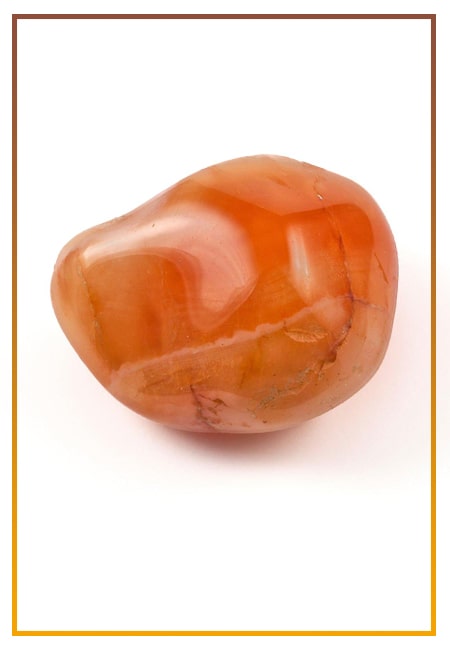
Carnelian Stone: Meaning, Healing Properties, Power, Facts, Color, Uses and More
December 26, 2023 / BY Team DWS
Carnelian is a vibrant and captivating gemstone that holds a plethora of meanings, healing properties, and powers. Its warm and fiery energy makes it a popular choice among crystal ..
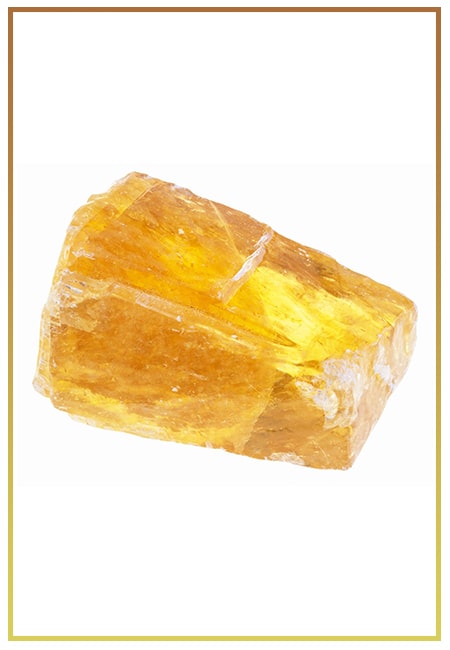
Citrine: Exploring its Meaning, Healing Properties, Fascinating Facts, Powers, Versatile Uses, and Much More
November 18, 2023 / BY Team DWS
Citrine, with its warm golden hues, has captured the attention and imagination of people for centuries. This beautiful gemstone, commonly associated with wealth and prosperity, hol ..

Black Onyx: Unveiling the Meaning, Healing Properties, Fascinating Facts, Powerful Attributes, Versatile Uses, and Beyond
July 25, 2023 / BY Team DWS
Black Onyx, a striking gemstone admired for its deep black hue and elegant appearance, has captivated people for centuries. In this comprehensive guide, we will delve into the mean ..
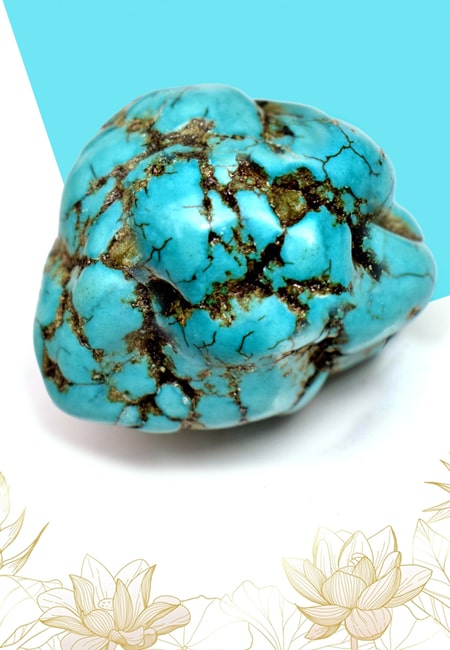
Unveiling the Mysteries of Turquoise Stone: Exploring its Meaning, Healing Properties, Power, Facts, Color, Uses, and More
December 05, 2023 / BY Team DWS
Turquoise, with its captivating blue-green hue, has been adorning jewelry and artifacts for centuries. This striking stone has a rich history, rich symbolism, and a plethora of int ..
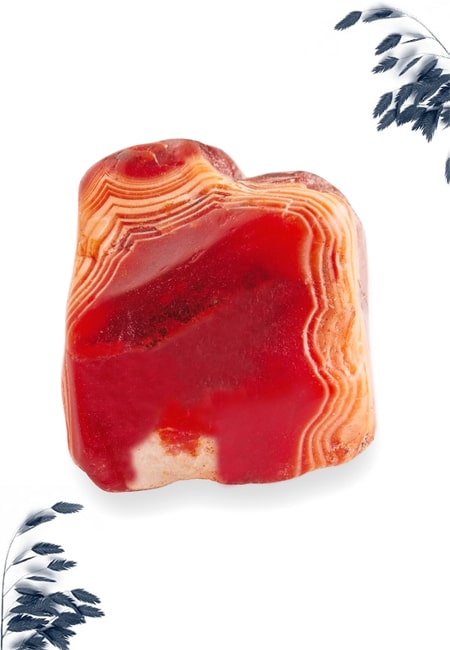
The History Behind The Popularity of Red Agate
December 23, 2022 / BY Team DWS
An Agate is a type of magma rock that takes many years till it is washed out naturally into the water. And that is the reason this stone has elements of water. This beautiful stone ..

Plan a Perfect Valentine's Week with Our Valentine Week List 2025
January 22, 2024 / BY Team DWS
Valentine's Day is undoubtedly the most romantic day of the year, but we believe that one day is just not enough to express your love and make your partner feel special. That's why ..

Bloodstone: Unveiling the Meaning, Healing Properties, Facts, Powers, Uses, and More
August 21, 2023 / BY Team DWS
Bloodstone, with its captivating deep green color with specks of red, is a mesmerizing gemstone that has fascinated civilizations for centuries. It possesses unique healing propert ..


